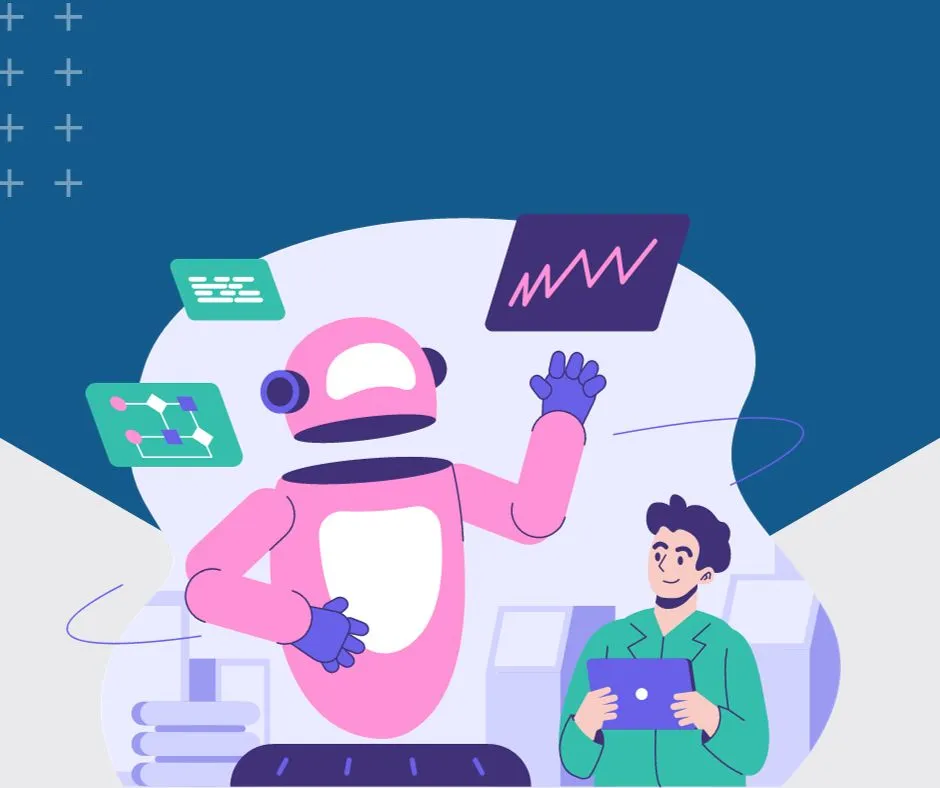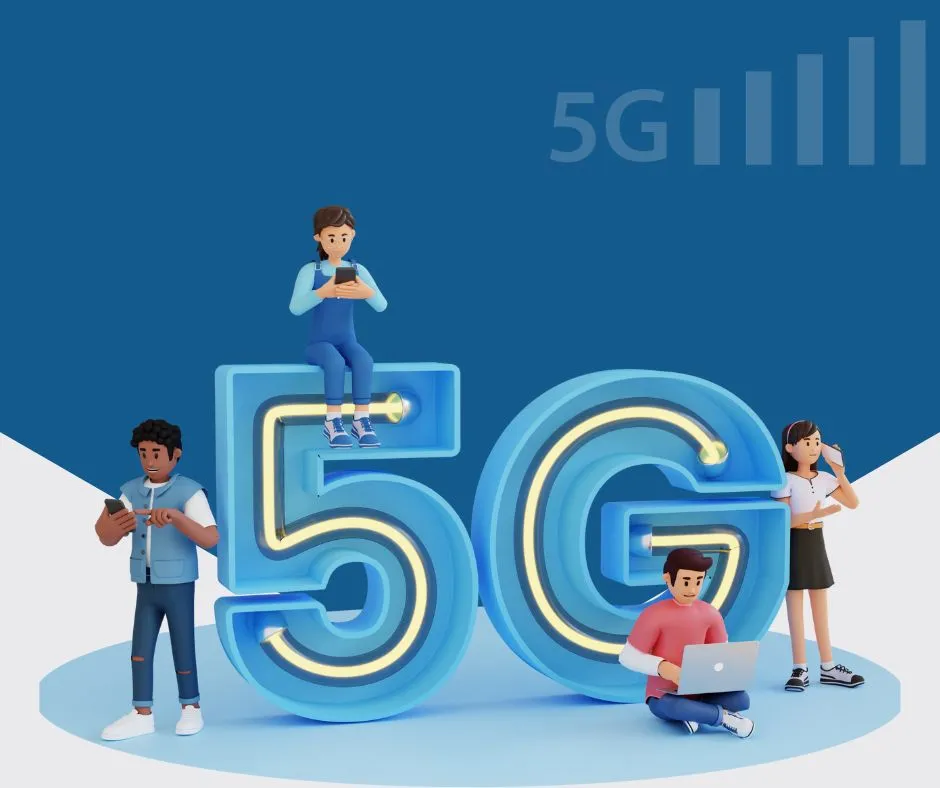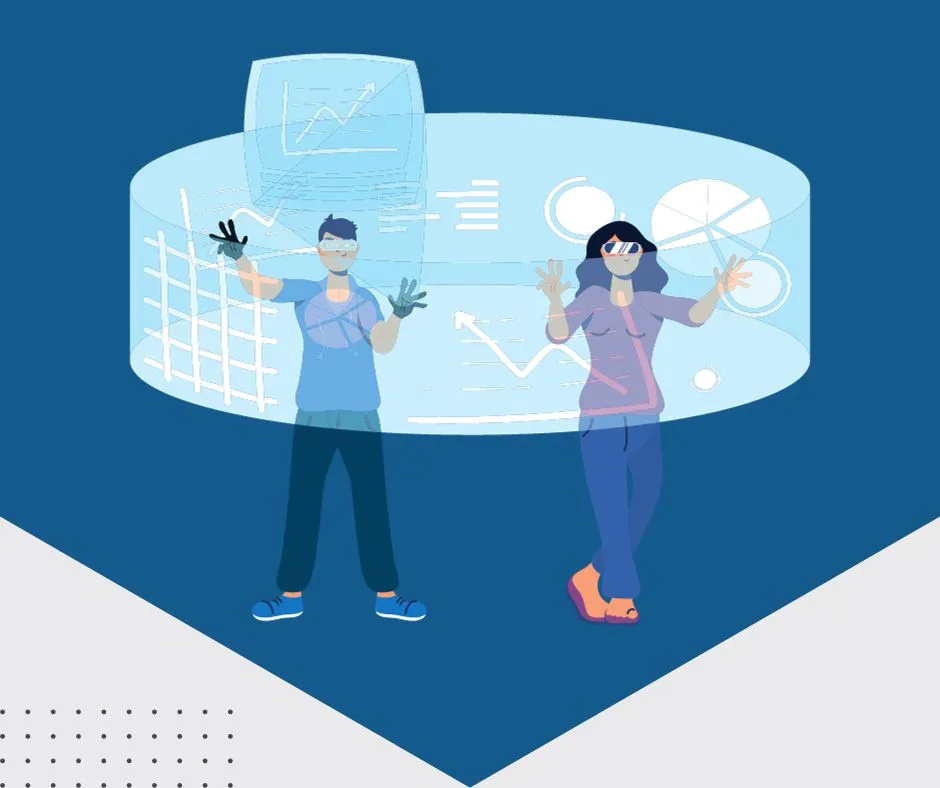Mobile App Development Trends to Watch in 2023
In this article, we will analyze and discuss the most important trends and developments that should be watched in the world of mobile app development in 2023. We will highlight how these trends will impact app development and how developers can adapt their strategies to make the most of these changes. This analysis is expected to provide valuable insights for those interested in the mobile app industry and guide them towards best practices and future directions.
Artificial Intelligence and Machine Learning Integration
In the face of the rapid technological advances of our current time, we rely on a variety of applications that rely on artificial intelligence and machine learning on a daily basis. Many think that the two terms are similar and this can lead to the belief that they are part of the same system, but in fact, each represents a different type of scientific technological system.
.webp)
Artificial Intelligence (AI)
What is AI?
Artificial intelligence (AI) can be briefly described as a technical process that aims to simulate human intelligence in programmed machines, allowing them to think and act in a way that resembles human behavior.
AI includes a wide range of applications such as machine learning and problem-solving, but one of its most important features is its ability to think logically and perform tasks efficiently to achieve specific goals.
Types of AI
1- Weak AI: Refers to the basic type of AI in which machines are designed to perform specific tasks without independent understanding or thinking.
2- Strong AI: It is a type of AI that is considered capable of thinking, learning, and making decisions independently, like the mental abilities of humans.
3- General AI: Refers to the ability to handle a variety of tasks in a similar way to the comprehensive abilities of human intelligence.
4- Specific AI: It is designed to solve a specific task such as image classification or machine translation, without having the ability to work in other fields.

Machine Learning
What is machine learning?
Machine learning is a type of artificial intelligence (AI) that allows software systems to become more accurate in predicting outcomes and outputs without being explicitly programmed to do so. It relies on machine learning algorithms that use historical data as input to predict new values for outputs.
Types of machine learning
1- Supervised learning: In supervised machine learning, data scientists provide machines with algorithms and pre-labeled data, and they define the variables they want to evaluate under their supervision.
2- Unsupervised learning: In unsupervised machine learning, algorithms rely on unlabeled data. Machines scan a variety of data sets to discover any kind of correlation between the input data so that they can infer useful meanings.
3- Semi-supervised learning: In semi-supervised learning, supervised and unsupervised learning are combined. Scientists provide machines with algorithms and labeled data, but machines are free to explore that data and develop their own understanding of the input set.
4- Reinforcement learning: Data scientists rely on a reinforcement learning system to teach machines how to complete a series of steps with defined rules. They program the machine to complete a specific task and then provide it with negative or positive signals to help it determine how to complete that task.
.webp)
Internet of Things (IoT)
What is IoT?
The Internet of Things (IoT) concept refers to the network of devices capable of collecting data and sharing it with other devices on the same network, as this allows things to be sensed and controlled remotely through the existing network infrastructure, and this provides many opportunities for seamless integration of computer-based systems in the physical world. Examples of IoT applications are the smart car and thermostats.
How to build IoT
Building an IoT system depends on several steps, including:
1- Device selection: You need to choose the right smart devices and sensors that you will use in your IoT system.
2- Communication: You need to choose the right communication technologies for devices to connect and exchange data. It is possible to use technologies such as Wi-Fi, Bluetooth, and 5G networks.
3- Cloud platform: Cloud platforms can be basic in IoT systems as you can store, analyze, and remotely manage devices.
4- Device software: You need to program the devices to collect and exchange data efficiently. Sometimes, it requires using micro-operating systems.
5- User interface applications: You can build smartphone apps or web interfaces to display data and interact with devices.
6- Security: You need to consider protecting data and devices from security threats.

5G Technology
5G is the fifth generation of wireless communication technology, and it is considered a major development in the world of telecommunications due to its high speed and ability to support a large number of connected devices at the same time.
Benefits and features of 5G technology
1- High speed: 5G enables ultra-fast data transfer speeds of up to several gigabits per second, allowing for the loading of large files and streaming of high-definition video without delay.
2- Low latency: 5G reduces response time, making it ideal for augmented reality, virtual reality, and gaming applications without any noticeable delay.
3- Support for multiple devices: 5G has the ability to connect a large number of devices to a single network without reducing connection speed or increasing delay.
4- Enabling smart applications: 5G enables advanced support for artificial intelligence and Internet of Things technologies, opening the door to innovation in areas such as smart cars, smart manufacturing, and healthcare.
5- Improving wired connectivity: Thanks to its high speed and low delay, 5G can be a potential alternative to traditional wired internet connections in many scenarios.
Cross-Platform App Development
Cross-platform app development refers to the creation of software applications that are built to run on multiple platforms, such as operating systems, databases, and underlying tools and libraries.
Benefits of cross-platform app development:
1- Performance and efficiency: Applications built on platforms benefit from well-built underlying tools and libraries, leads to high performance and efficiency.
2- Integration: Cross-platform app development can enable seamless integration with platform components such as databases and APIs.
3- Access to advanced features: Thanks to cross-platform app development, developers can access advanced features such as system resource control and event handling.
4- Improved user experience: By using advanced technologies and integrating with platforms, the user experience can be improved and advanced functionality can be provided.

Augmented Reality and Virtual Reality Applications
Augmented Reality (AR) and Virtual Reality (VR) applications rely on technology to provide interactive experiences for users.
AR applications:
1- E-commerce: Applications that allow users to experience products in augmented reality before purchasing them, allowing them to see how they would look in their real-world environment.
2- Education: Applications that offer enhanced educational experiences through augmented reality, such as user interaction with three-dimensional models of educational concepts.
3- Gaming: Games that combine virtual reality and augmented reality to create unique and exciting interactive experiences.
VR applications:
1- Training: Applications that offer training and simulation experiences for realistic situations, such as training pilots and surgeons.
2- Healthcare: The use of virtual reality to improve diagnosis and treatment and provide concrete experiences for patients.
Blockchain Technology
Blockchain technology is a distributed ledger technology that was originally used to support digital currencies such as Bitcoin, but it has become a hot topic in many industries due to its ability to provide a decentralized and secure record of transactions. Blockchain technology relies on the concept of blocks, where information is stored in a series of linked blocks.
Current uses of blockchain technology:
1- Digital currencies: Bitcoin and other digital currencies use blockchain technology to record transactions and ensure the security and transparency of the system.
2- Authentication and verification: Businesses use blockchain technology to authenticate transactions and documents in a way that cannot be forged.
3- Supply chain: Blockchain technology can be used to track supply chains and ensure transparency of the flow of goods and materials.
Application security
Application security is a set of practices and techniques that are designed to protect software applications from threats and breaches. This includes protecting data, preventing unauthorized access, and ensuring the security of transactions.
Application security practices:
1- Software design review: This involves evaluating the design of applications to ensure that there are no fundamental security vulnerabilities.
2- Penetration testing: Application security involves conducting penetration testing to verify the security of the application by simulating potential attacks.
3- Data encryption: Encryption techniques are used to protect stored and transmitted data from unauthorized access.
4- Identity and access management: This involves identifying who can access the application and how to manage identity and permissions.
5- Software updates: Application security requires maintaining software updates to patch discovered security vulnerabilities.
Conclusion:
In 2023, mobile app development is undergoing significant transformations and tangible changes that required close attention and monitoring. By highlighting the basic trends in this sector, we realize that mobile technology is evolving rapidly and posing new challenges that require innovative and thoughtful responses.



